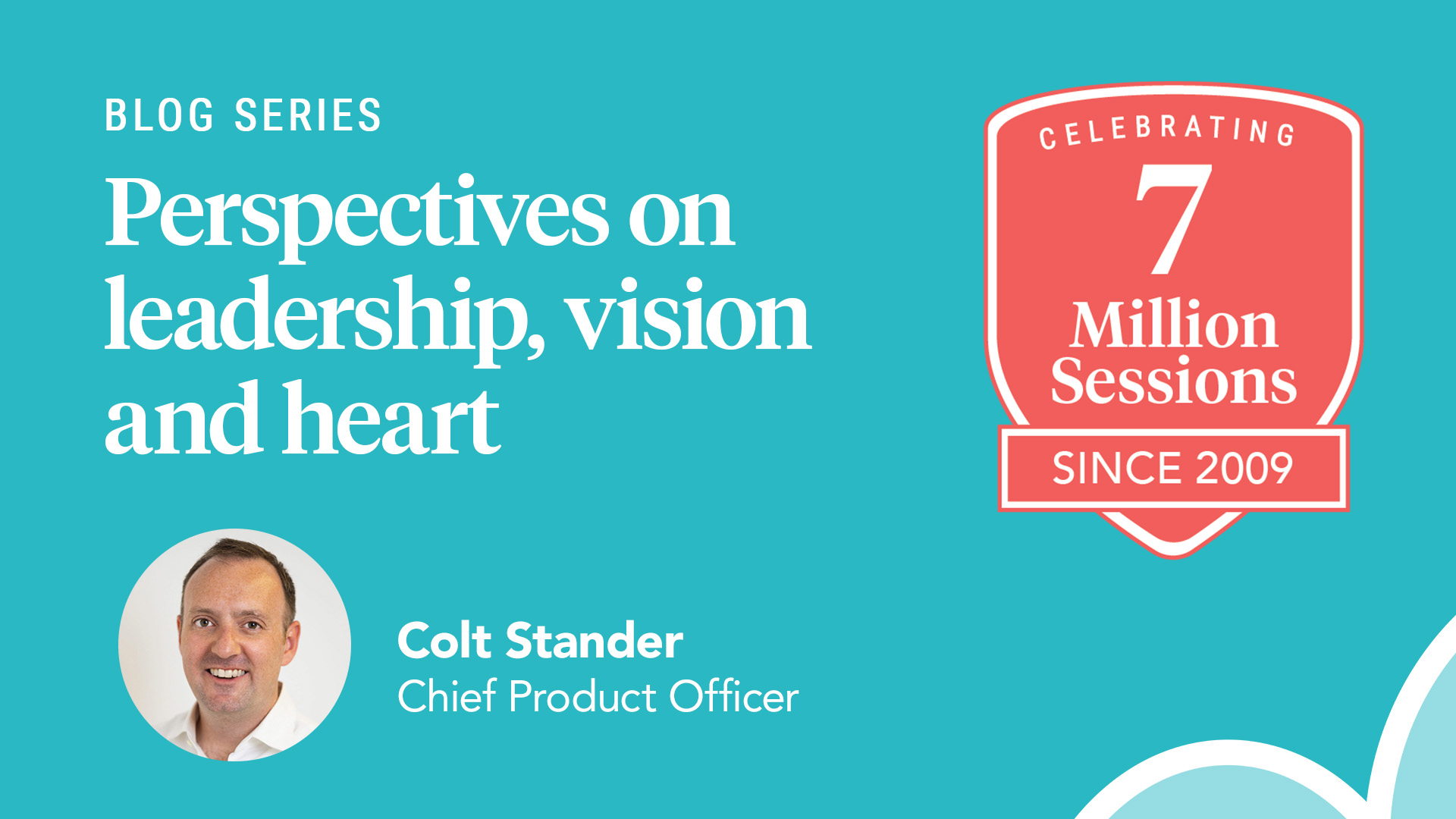
Quite a few students and teachers choose alternate online school settings—virtual schools. However, the pandemic forced many districts and providers into delivering teletherapy. It was not something they chose and they were, typically, unprepared. But, there is lemonade to be made from these lemons. Students, teachers, and therapists alike have seen how a hybrid model of teletherapy and in-person services can keep them prepared for any circumstances, provide a robustness of services, and allow increased individualization. Today, a hybrid approach might just be the New Normal.
In this Q&A with Kristin Martinez, M.A., CCC-SLP, clinical director, SLP & OT,, and Stephanie Taylor, Ed.S, NCSP, clinical director of psychoeducational services at PresenceLearning, we take a deeper look at the hybrid service delivery model.
What are the benefits of a hybrid service delivery model for districts, related service providers, and students?
Options, options, options.
Districts are working within so many constraints in general, and they also have to be able to handle all the things that can happen. Having virtual services in place allows them to stay up and running for snow days, quarantining students, hospital homebound students, or any sudden schedule changes with ease. It can also allow districts to expand and capitalize on their workforce. Some services need to be delivered in person. However, many services and evaluations can be accomplished remotely. A hybrid model can help a district use staff for the things which they are best suited and give them options for the method of delivery. Retaining qualified staff is important, and more opportunities can increase employee happiness. Including contracted teletherapists in planning can also help redistribute the workload for the times of the day it is needed, and it can bring additional qualified professionals into schools without asking the clinician to relocate.
A hybrid model also offers the students options. In addition to increasing the locations in which they can receive services, a hybrid model gives students options for how they like to receive those services. Some students genuinely prefer to connect remotely. Call it being raised in the digital age, call it being interested in connecting with someone outside their community, or call it being more comfortable with physical distance, but some students increase engagement when given the opportunity to receive teletherapy.
A hybrid model can also save time. Depending on the students, it may make sense to separate their services into partially remote and partially in-person therapy for their own progress, but also to maximize the provider time. As related services providers are usually itinerant, a lot of time is lost to driving, student absences, and needing materials in one location that have been left in another. Purposefully planning out an approach that takes each student into account—their location, their needs, the resources available to them—can help clinicians spend more time with students and in other work related to the top of their license.
How would you advise districts who are attempting to shift their view of teletherapy from being a tool only needed because of the pandemic to the New Normal?
Because every school—even within a district—has different needs, resources, and culture, the first step is to gather stakeholder representatives and do an honest evaluation about the use of teletherapy in their school. Because the pandemic caught everyone off guard and because there were varying levels of implementation, it can be hard to separate a negative experience during the pandemic with a negative overall view of teletherapy. Some schools had a great experience with remote services, but they assume things will go back to the status quo now—just because that’s how it’s been. This is a great time to challenge those assumptions and really see what could be accomplished with a hybrid model when done purposefully and methodically.
How would you advise providers who want to incorporate teletherapy into their own practice?
Jump in! The best way is to find the right platform for your practice and profession and just begin using it. Start small, and think about the things you evaluate when you are conducting in-person services and translate those skills remotely, things like: how am I monitoring the environment, how am I evaluating engagement, what tools are available to me that I may not have had before? Once you can see how your professional skills translate, you can start expanding your remote skill set.






